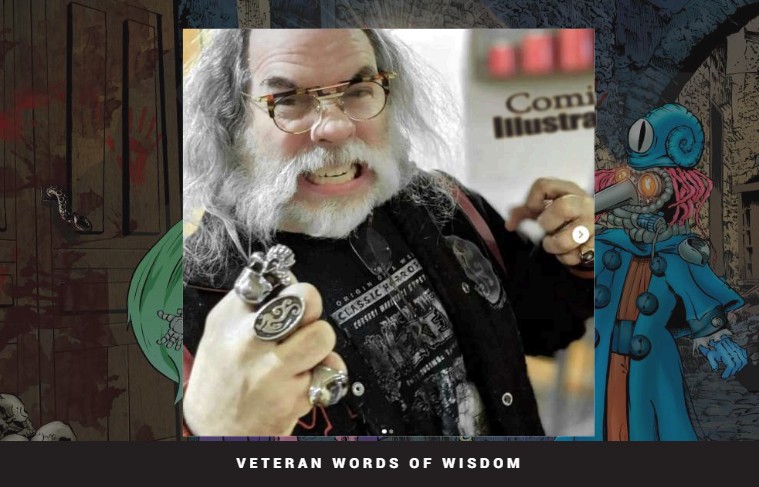
Do it all or hire?
Comic books are a captivating medium that has evolved significantly over time. In their early days, they were seen as inexpensive forms of entertainment, printed in millions of copies. It’s important to remember that distractions were limited 40 to 100 years ago. Picture a world without cell phones, the internet, or even extensive television channels. Back then, passive entertainment options were limited to cinema, radio, books, magazines, and, of course, comic books.
Contrary to what many believed, with the rise of the internet and easy access to passive entertainment, comic books have not faded into obscurity like newspapers. They have adapted to changing technologies, remaining relevant in today’s digital landscape. Imagine being a publisher 90 years ago and selling 3,000,000 copies of a book for just 10 cents each. That was substantial earning power, considering the cost of living back then.
When I started publishing, my first title, KREMIN, reached a distributorship of 3,000 copies by issue three. I realized that hitting this number was crucial—selling 3,000 copies at 40% of the cover price meant decent earnings. However, it also meant a lot of hard work.
There are various models one can pursue in comic book publishing. The “I do it all” model involves handling every aspect of production, from writing and drawing to printing and selling. It’s an interesting journey, often involving investment in vendor tables and self-promotion. Another increasingly popular approach is using crowdfunding platforms like Kickstarter, which requires building a substantial mailing list for campaign success.
For instance, Phil Foglio, the artist behind Girl Genius, made his content free to the public with certain conditions. By leveraging his growing mailing list of around 150,000 people, he could potentially gross significant amounts through crowdfunding campaigns. Achieving this level of success requires immense dedication and discipline. He has a small team devoted to his IP.
L. L. Garner is a do-it-all creator. He handles writing, pencils, inks, color, and lettering. However, he published through a smaller indie comic book company, which has advantages and disadvantages. (The following part is my understanding and may not be entirely accurate.) One main advantage is cost. He did not have to pay for printing or distribution of his comic book series, which can be very cost-effective. A disadvantage is that the mailing list created behind his IP is not his; it belongs to the publisher.
Alternatively, I initially tried to do it all; however, I decided to personally opt to hire writers, artists, colorists, and other professionals to handle various aspects of production. This allows for more projects to be undertaken simultaneously. The downside is that it’s (in the short run) much more expensive than doing it all oneself. The upside is that it helped increase the quality, as seen in the blog I have included as a link.
After creating your IP (comic book), sales and distribution are crucial for success. One can work with distributors or opt for self-distribution through crowdfunding platforms like Kickstarter, Indiegogo, or Patreon. Conventions also offer opportunities for sales, although they come with costs and can require significant sales volumes to break even.
In conclusion, building a mailing list and cultivating a loyal fan base is essential for success in indie publishing. It’s a challenging journey, but with dedication and the right approach, one can thrive in the world of comics. Resources abound for aspiring comic creators. Books like Haunted Scripts of Batchelor’s Grove by Brian K. Morris and Stan Lee’s How to Write Comics offer valuable insights into scriptwriting. For drawing, the series by Marcos Mateu-Mestre, such as Framed Ink, provides useful guidance to the craft.
Here’s a very useful link, a Publisher and Distributor Directory with information about publishing with Diamond Comics, Simon & Schuster, Scholastic, PubEasy, and more.
Check out Charles’s upcoming project with Les L. Garner: HP Lovecraft’s Tarot.
